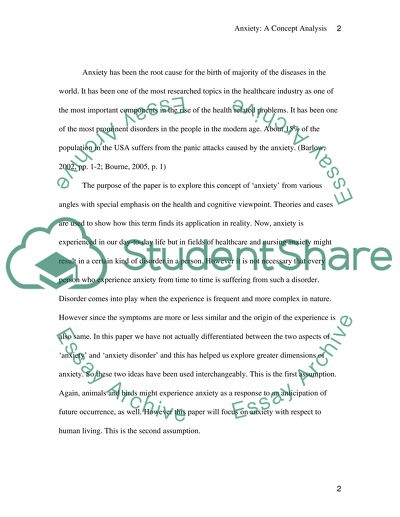Cite this document
(Contribution of Anxiety to Health-Related Problems Term Paper, n.d.)
Contribution of Anxiety to Health-Related Problems Term Paper. Retrieved from https://studentshare.org/health-sciences-medicine/1567131-anxiety-a-concept-analysis
Contribution of Anxiety to Health-Related Problems Term Paper. Retrieved from https://studentshare.org/health-sciences-medicine/1567131-anxiety-a-concept-analysis
(Contribution of Anxiety to Health-Related Problems Term Paper)
Contribution of Anxiety to Health-Related Problems Term Paper. https://studentshare.org/health-sciences-medicine/1567131-anxiety-a-concept-analysis.
Contribution of Anxiety to Health-Related Problems Term Paper. https://studentshare.org/health-sciences-medicine/1567131-anxiety-a-concept-analysis.
“Contribution of Anxiety to Health-Related Problems Term Paper”. https://studentshare.org/health-sciences-medicine/1567131-anxiety-a-concept-analysis.


